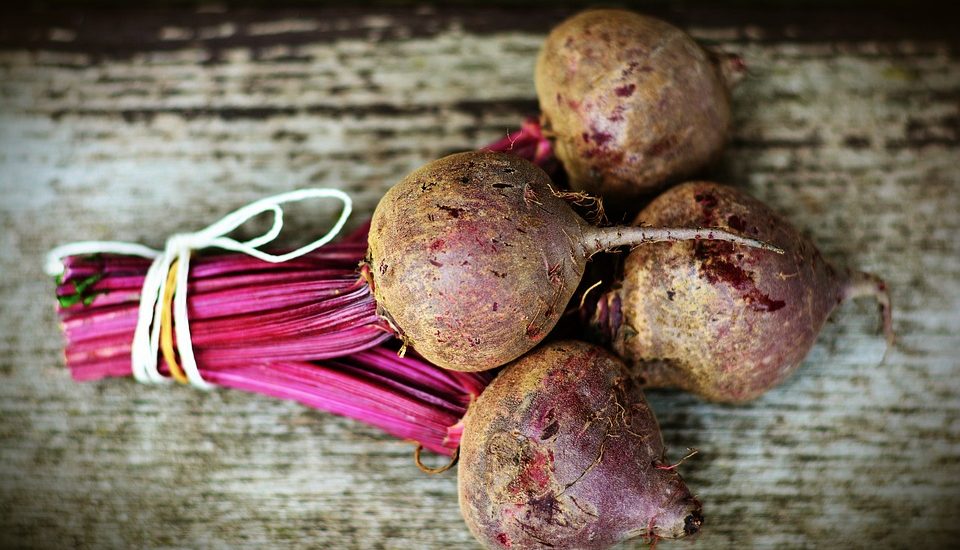Why do we need collagen? … It is part of the connective tissue (“binder” that connects cells of the skin, bones, cartilage, as well as the component of blood vessels). The body naturally produces it, but its production decreases with age – after 30th years old, quantity decreases. Most, the deficiencies of this relationship are visible on the skin in the form of wrinkles, furrows, drooping and sagging. With the loss of collagen, the skin loses elasticity, later deterioration of joints and general deterioration of circulation. Food can significantly affect its amount in the body. An example of products that can increase the production of collagen are green leafy vegetables. They contain lutein, which is involved in the construction of collagen in the skin. The next ingredient needed to build collagen is vitamin C – an antioxidant found among others in chokeberry, wild rose, cabbage, blackcurrant. In addition – cereal grains, which are made of simple proteins – prolamin, where in the composition contain significant amounts of glutamine and proline. Proline is an essential and necessary amino acid for the formation of collagen. Although proline can be synthesized in the body from glutamate, it naturally also occurs in food – the best sources of food apart from cereal grains are wheat germ, natural fruit juices and lean dairy products. An essential component for the construction of skin structures, as well as cartilage, tendons is silicon. This element can be found in beetroots, oat flakes, all kinds of bran, millet, beans and asparagus. The next valuable component – hyaluronic acid, also found naturally in the body, helps to keep the skin moisturized and improves its elasticity, but unfortunately, year by year its content in the body decreases also. Therefore, you should include beans in the diet (red, while sourcing calcium), white, mung, or “Jas” or black. All of these products will delay the flaccidity and aging of these structures in the body, so remember about their regular, daily intake.
Collagen, hyaluronic acid & silicon
